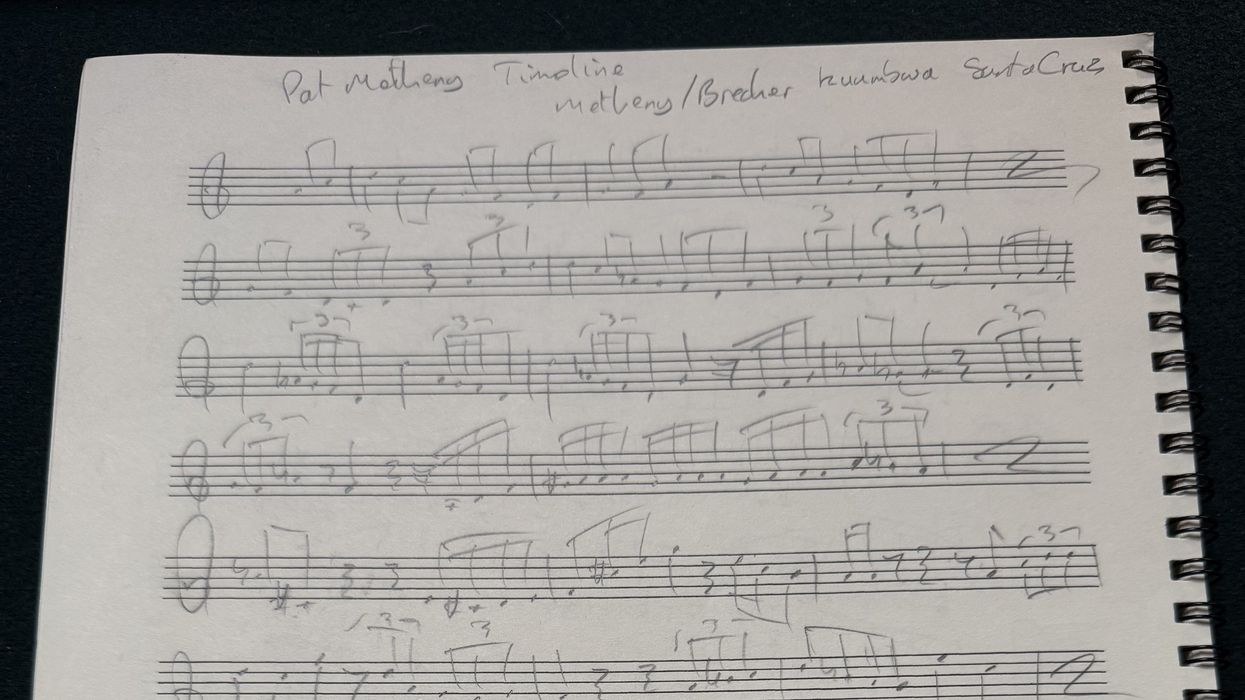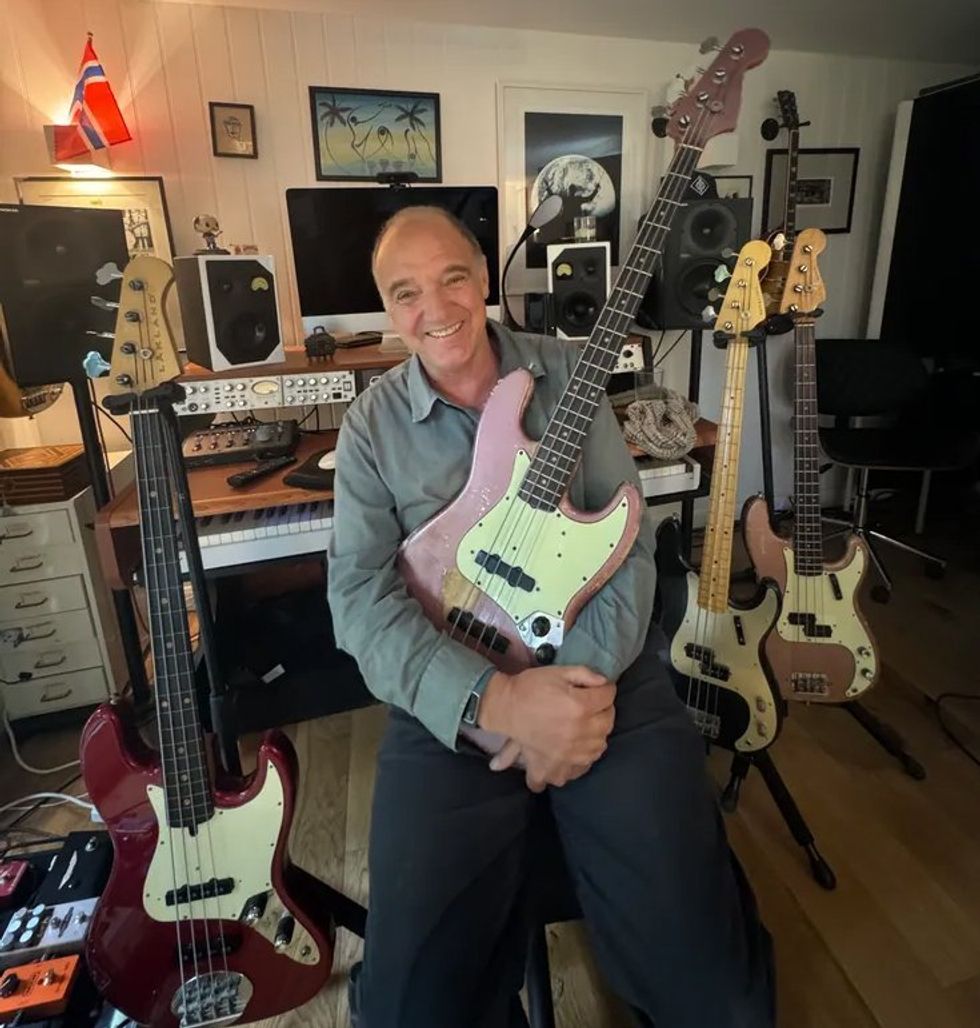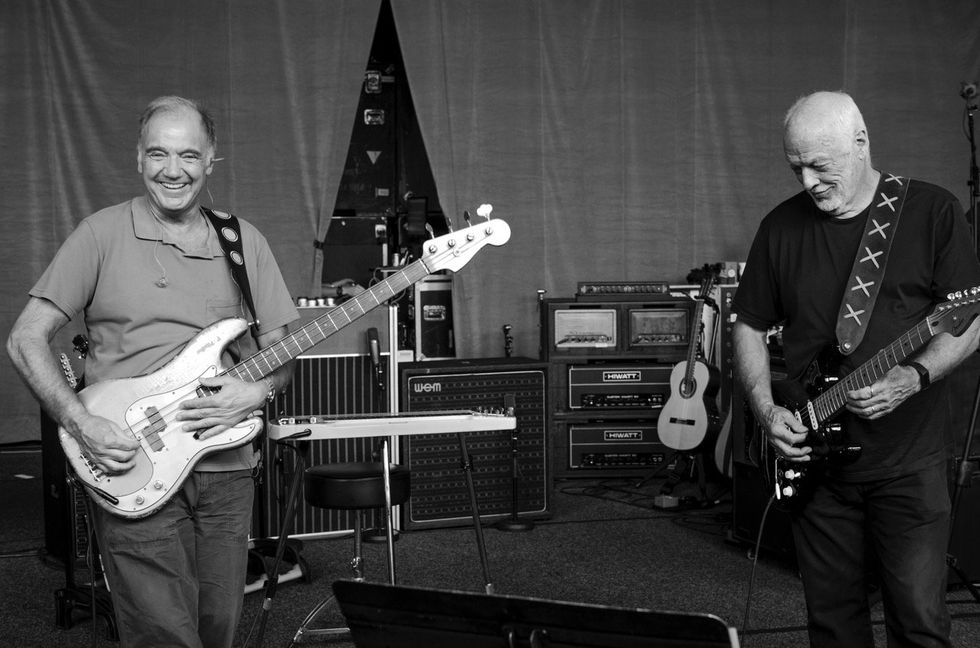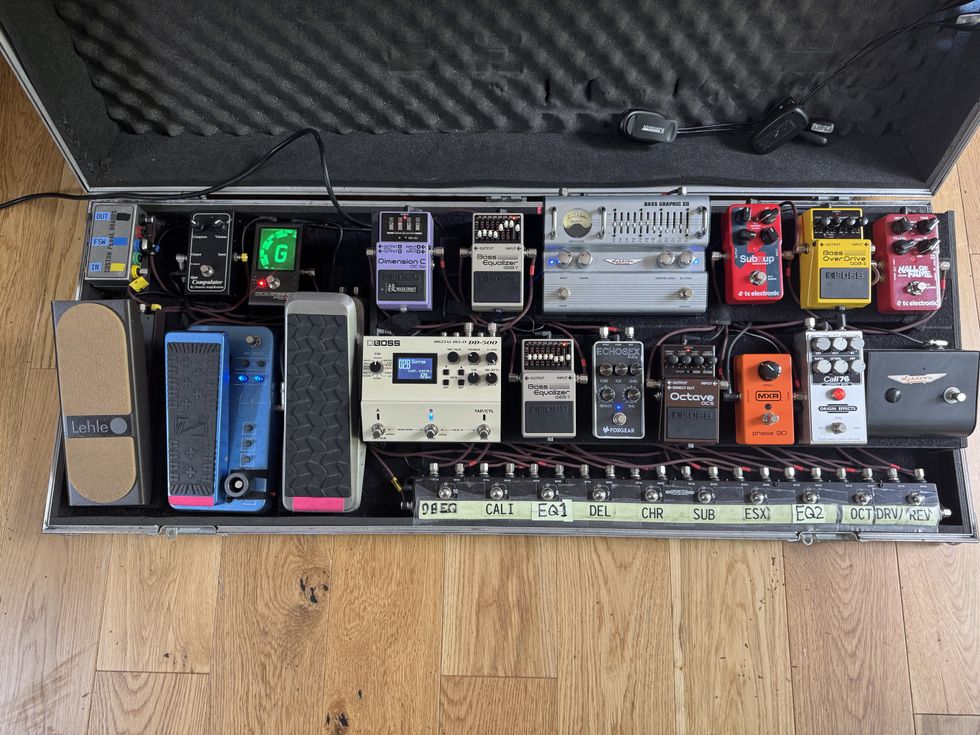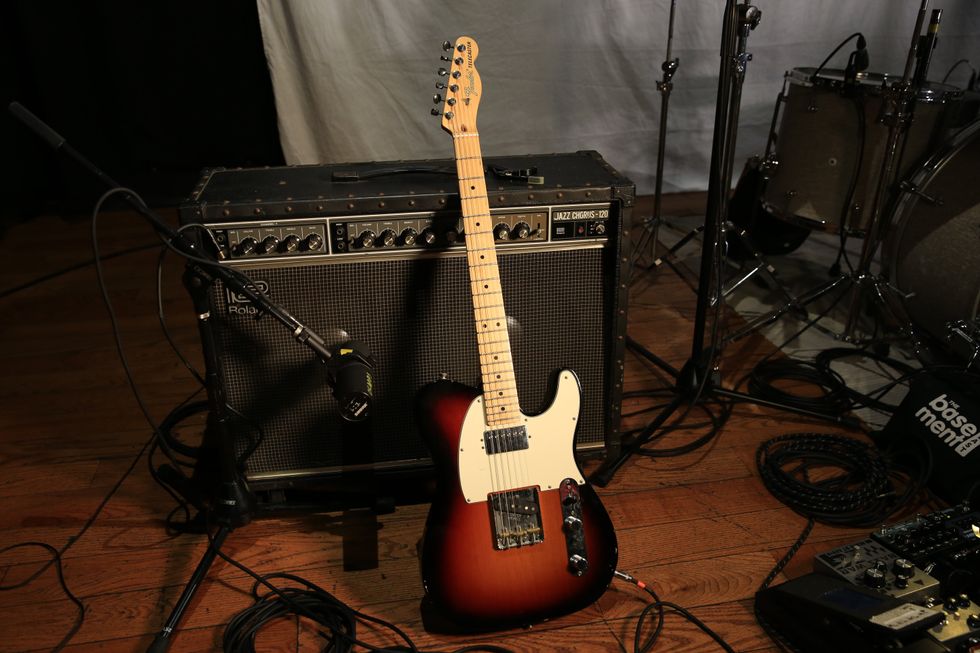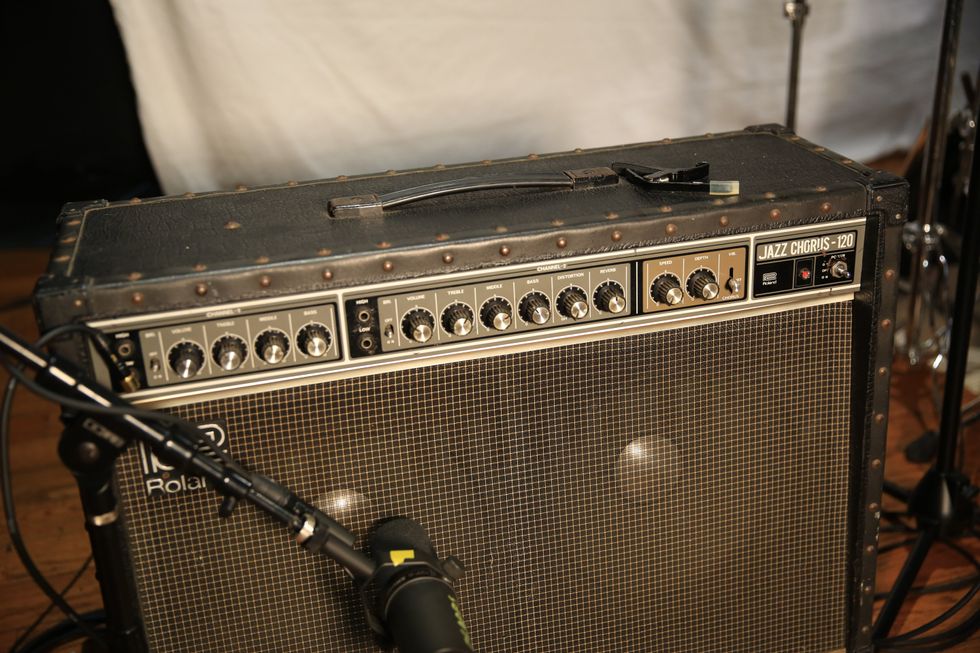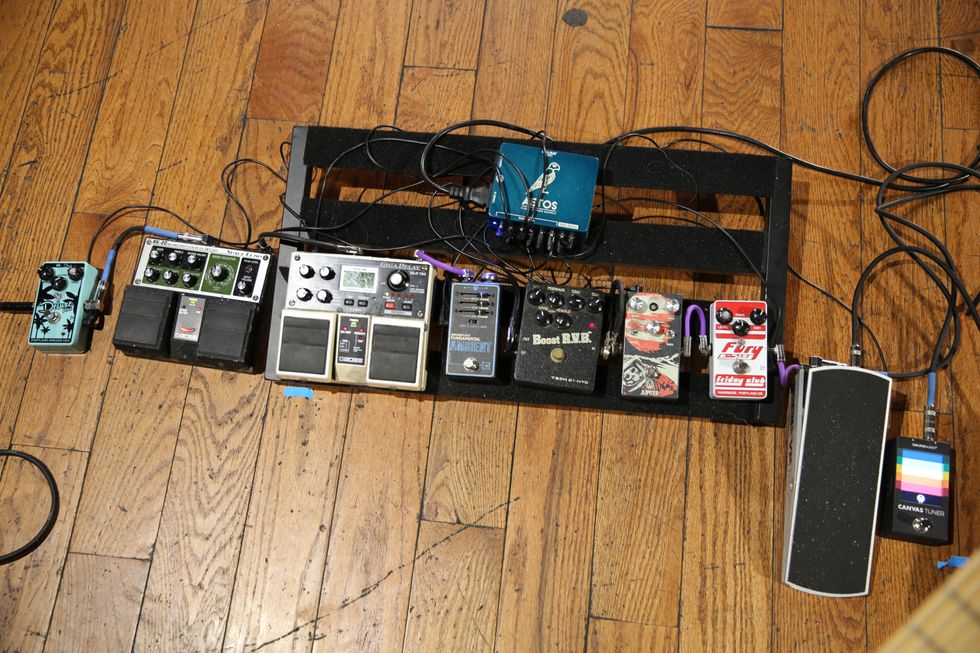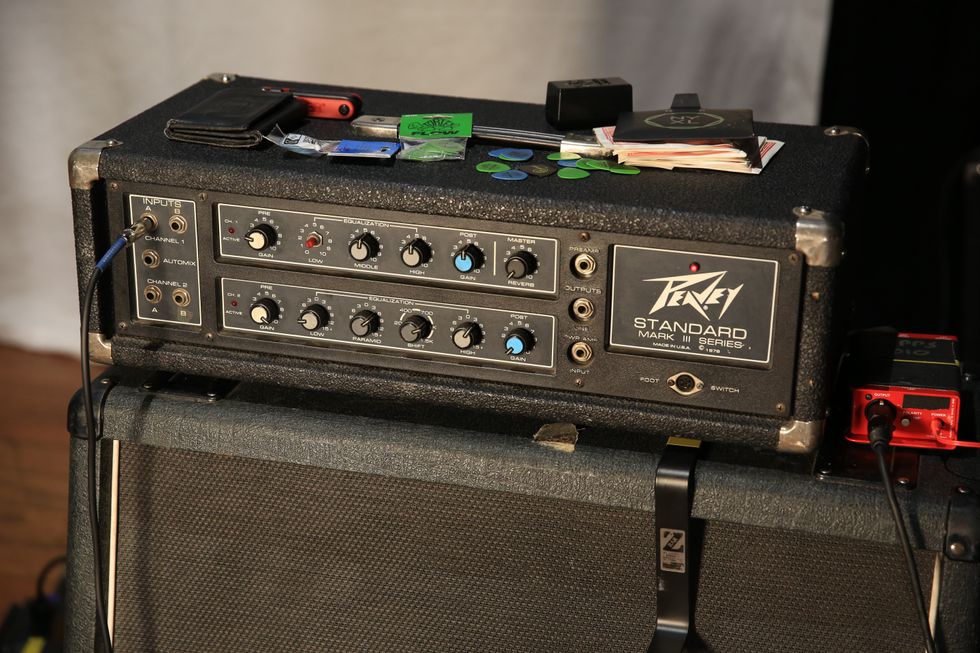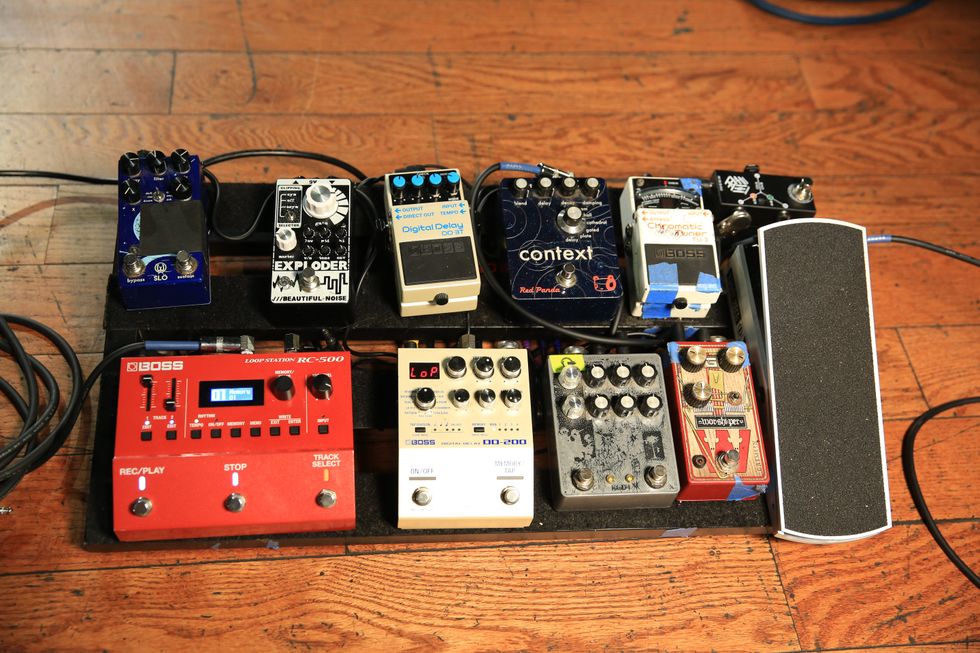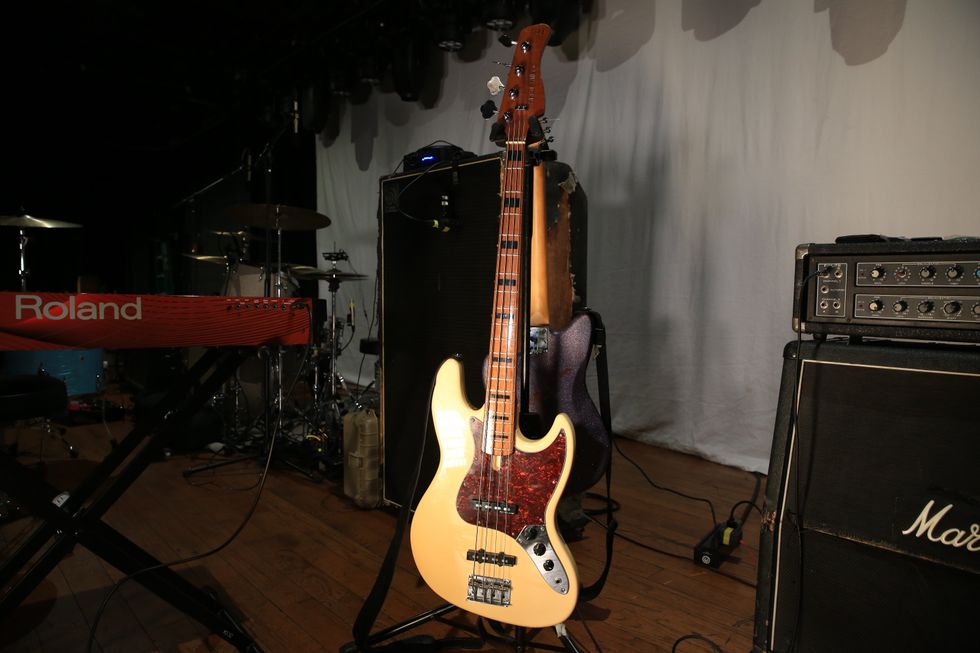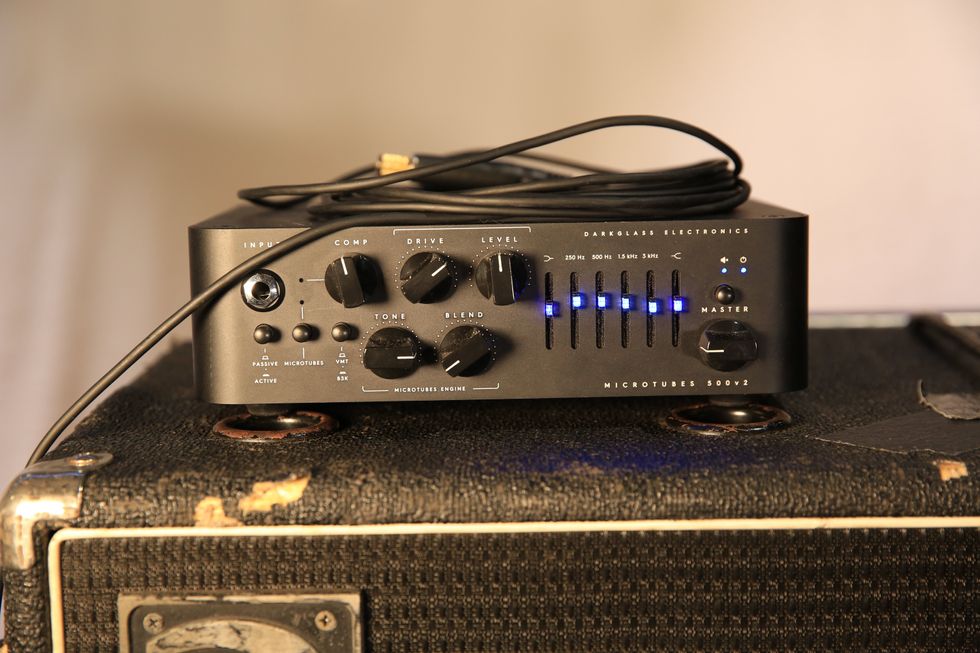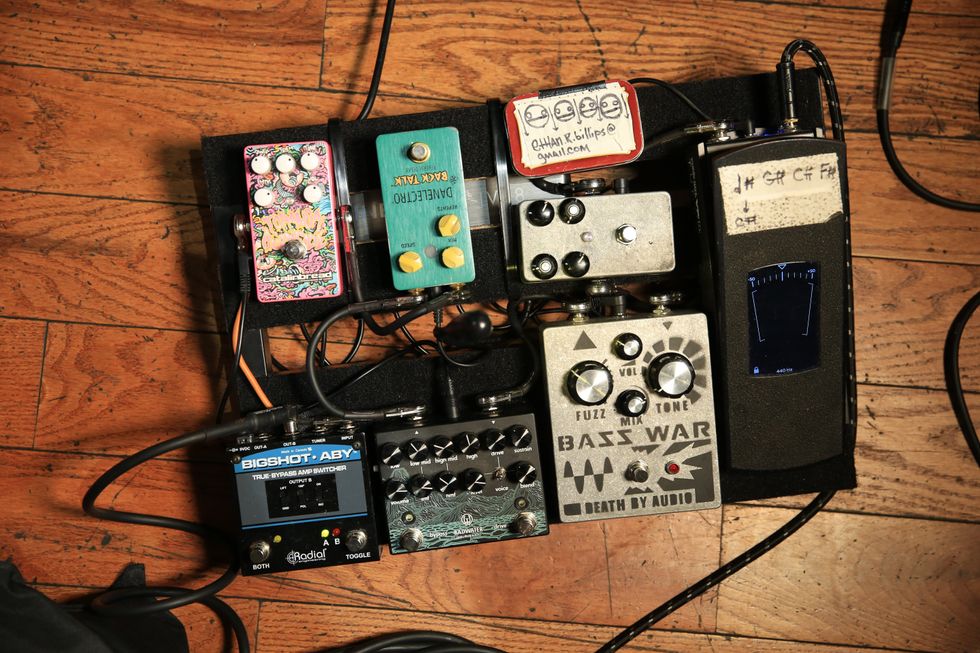It would, of course, be naive to think anyone could end the decades-old and sometimes toxic debate regarding the two main amp technologies, especially in a one-page column. Yes, the topic of tube versus solid-state has been and continues to be covered in lengthy articles and books, but we'll always have plenty to talk about when it comes to decision time for the modern bassist.
Last month, we discussed power ratings for amps and which of the various ratings provide the most accurate and comparable values [“Parsing Power Ratings," June 2019]. Because marketing language can sometimes present unrealistic power claims and confuse the shopping experience, we confirmed that sticking with the RMS (Root Mean Square) rating is the safest bet for accuracy. Of course, this still doesn't paint the whole picture of what an amp is capable of. Besides its sheer power, an amp also needs to be able to provide its muscle in the problematic, power-consuming low end.
As for the type of amp technology, most bassists these days are looking for modern solid-state amps rather than their tube predecessors. It's interesting to note, however, how different this ratio is among our 6-string companions. Guitarists say they love and need the warmth of tube distortion for their upper register, yet still use a battery of non-tube-equipped distortion pedals anyway. Could it be a psychological effect of seeing the warm glow of a heated tube, and subconsciously connecting it with tonal warmth? To each his own, but to me, it seems to fit the mold of other cults and myths regarding vintage gear.
Let's be honest: Solid-state amp distortion isn't necessarily the most pleasing. When it comes to tube amps, however, it's not even the tube that dominates the outcome, but rather the output transformer that limits their frequency range on both ends. This isn't a big deal when looking at the upper range of the spectrum, but in these times when so many bassists are constantly reaching for an even lower end, a tube amp simply isn't able to deliver the necessary bandwidth.
Say we have a “good" output transformer in a tube amp, with the result a bandwidth of 35 Hz to 15 kHz. It's often missing in the technical specs, but this range should also be followed by a rating such as “+/- 3 dB," meaning that the frequency response curve stays within this limit over the full bandwidth and everything below isn't counted as such.
A hi-fi enthusiast's dream of linearity would have this figure at +/- 0 dB over the complete audible band of 20 Hz to 20 kHz, but the physical reality tells us, “Dream on!" For an output transformer—consisting of a core and one or more primary and secondary windings—the lower frequency limit stems from the magnetic saturation of its core. And trying to get around it ends up in a super heavy and huge amp.
To help demonstrate, the following specs are from two well-established amps:
• Tube amp: 40 Hz to 15 kHz (+/-3 dB), weight 79 pounds
• Transistor amp: 20 Hz to 25 kHz (+/-1 dB), weight 24 pounds
And these are the fundamental frequencies of the lowest open strings:
E: 41 Hz
B: 31 Hz
F#: 23 Hz (for the extremists)
The 3 dB drop with the tube amp example means it delivers just half the volume at 40 Hz. If you are seriously considering a tube-amp purchase, you simply can't expect it to support the really low end of most modern bassists. (You can expect a heavy tube amp to give your back a workout!) For more on decibels and volume, be sure to check out my January 2018 column, “Power to the Bass Peeps!"
Compared to tube amps, transistors have come a long way since Julius Edgar Lilienfeld got the first FET (field effect transistor) patent in 1925. And transistors only gained ground with the move from germanium to silicon in the form of bipolar transistors. The further development of the FET and then MOSFET (metal oxide semiconductor field effect transistor) marked a transition for almost every field of electronics—except guitar amps, of course.
The list of advantages that transistors have over tubes is a long one: lighter, cheaper, smaller, mechanical impassivity, power efficiency, and an extremely long life span. If you are still not convinced and are feeling nostalgic about those glowing tubes, you could go for something with a tube preamp. Preamps offer the nicer distortion anyway, right?
So, is that all we need to know about amps? Of course not! This debate will live on, as will the amplifier “class debate," and there's plenty more to talk about there, too.



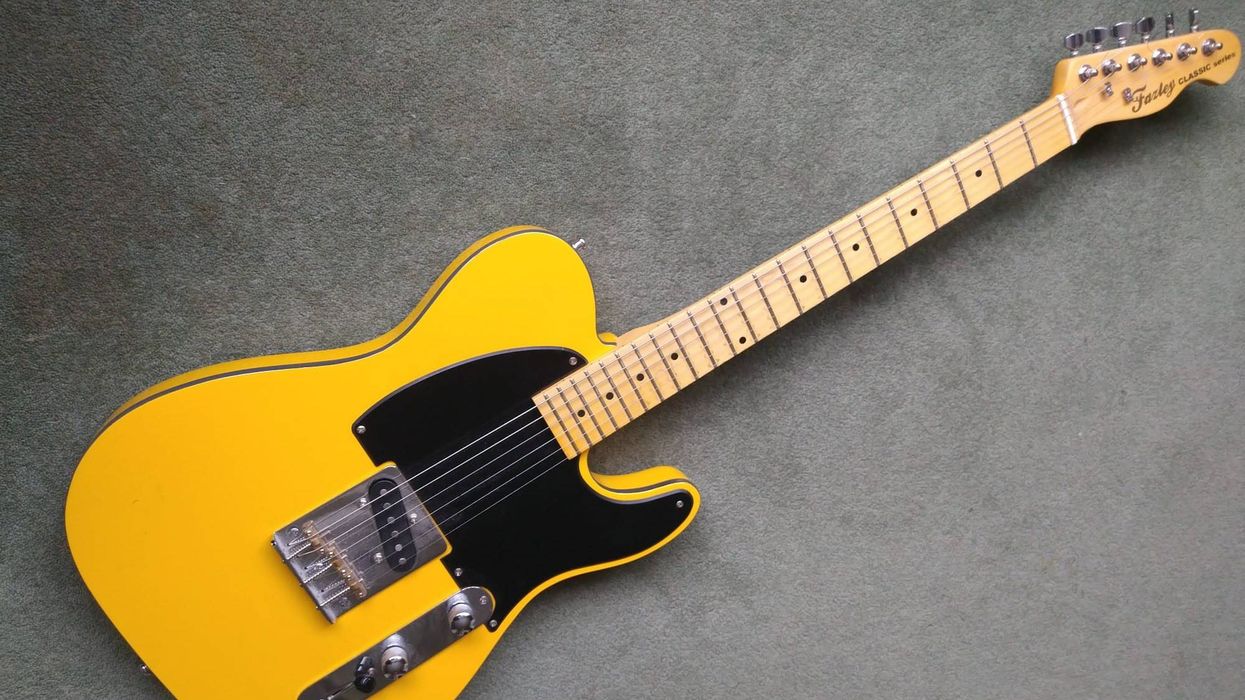

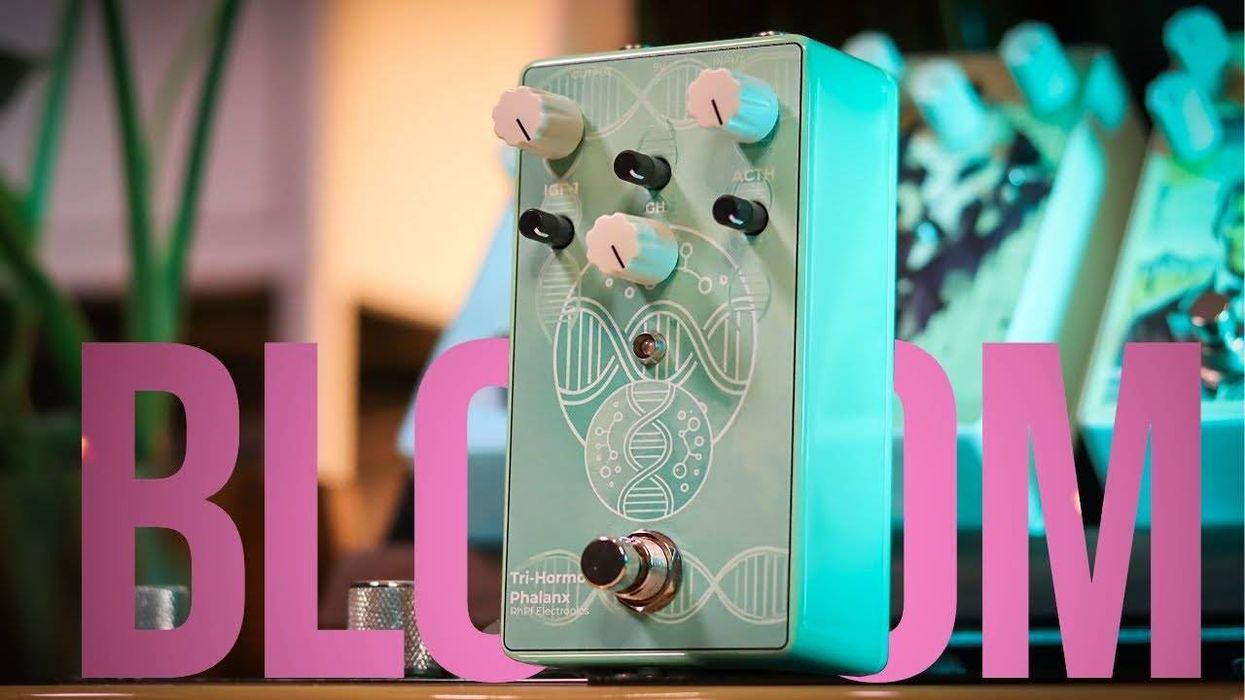
![Rig Rundown: AFI [2025]](https://www.premierguitar.com/media-library/youtube.jpg?id=62064741&width=1245&height=700&quality=70&coordinates=0%2C0%2C0%2C0)












 Shop Scott's Rig
Shop Scott's Rig





